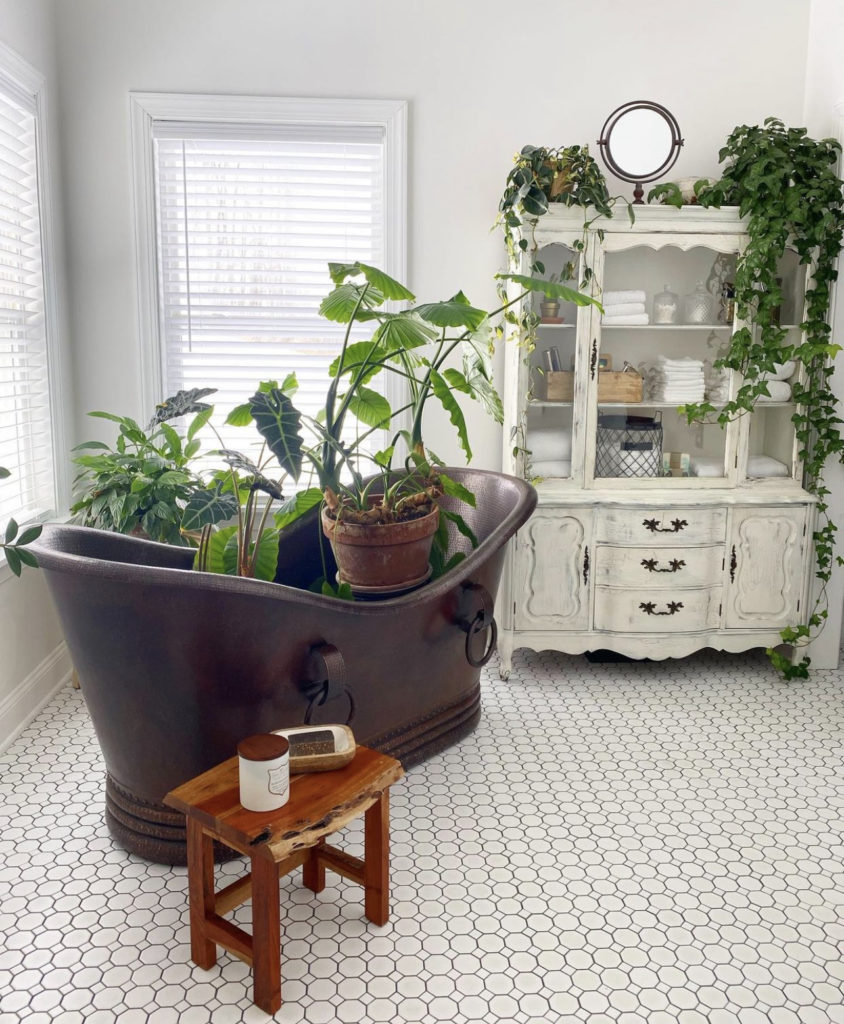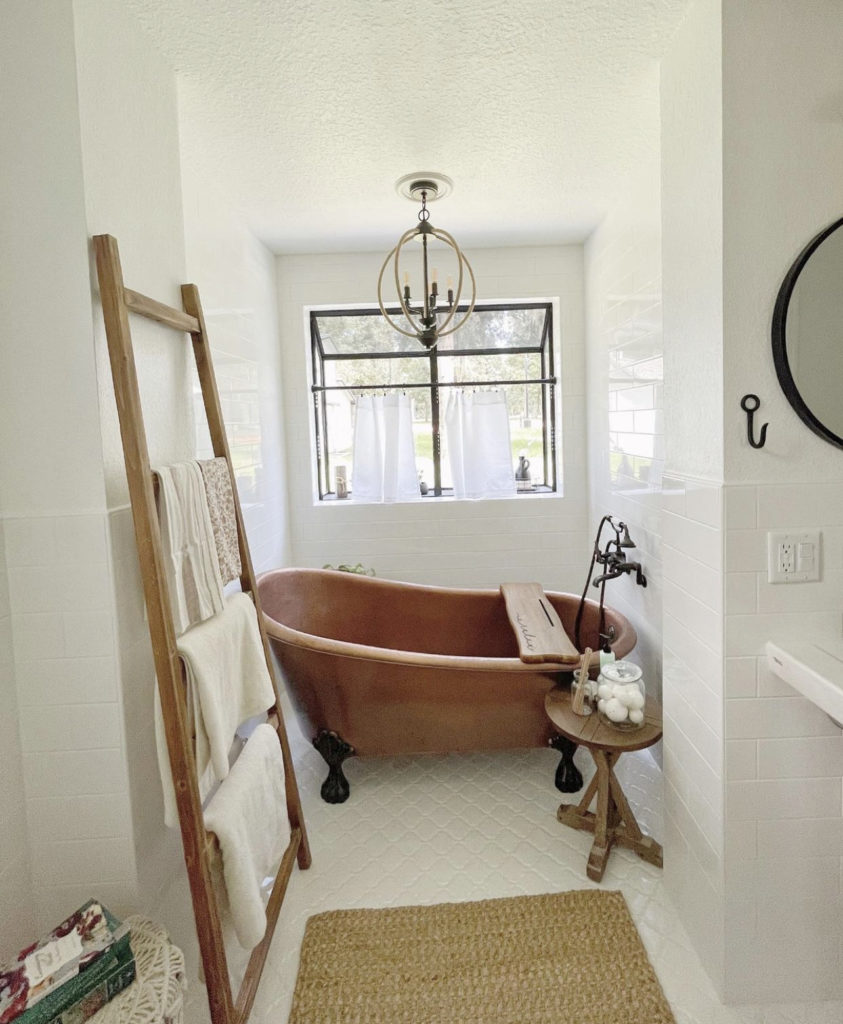Recently, we introduced our 2022 Buying Guide series, covering all things kitchen accessories. This week, we’ll talk bathroom tubs.
Call it a bathtub, soaking tub or your kids’ favorite splash zone, we at Sinkology refer to this bathroom piece as an absolute necessity. Why? It is the most beautiful bathroom focal point and best relaxing getaway. But what makes a bathtub right for you and your family? That depends. Today, we’ll share what to look for when shopping for a bathtub.
First, you’ll need to determine how you will use your tub. Some families are looking for a convenient alternative to showering while others seek a spa-worthy experience in a daily soak. You might fall somewhere in the middle. With your everyday use in mind, consider the following:
Dimensions
Standard tubs are around 60 inches long, 32 inches wide and 18 inches deep. If you’re new to the bathtub game, we recommend you “dip your toes” with a smaller style before committing to a more expensive, extra-deep soaking tub. More than anything else, keep comfort at the forefront. Will your tub be big enough for your body? Or will it be too big, forcing you to stretch uncomfortably as you bathe your little one?
Shape
Rectangular tubs are the most common when it comes to bathtub shape because they fit easily into most bathrooms. If you have the square footage, uniquely shaped tubs such as oval and round take an ordinary bathtub and make it an art gallery-worthy piece. Of course, how a bathtub looks is just the beginning. Assess whether your body will feel supported and comfortable before committing to a particular tub shape.
Location
The most popular rectangular bathtub shape is typically installed directly to three surrounding walls. These alcove tubs, also known as recessed tubs, are the perfect safe-spacing solutions as a two-in-one, bath-and-shower combo. Freestanding tubs, on the other hand, are, as the name gives away, freestanding. You can find these tubs in the middle of a bathroom or attached to just one wall.
Material
There are many materials used in bathtubs, including:
- Plastic
Plastic bathtubs offer great design flexibility because they can be molded into many shapes. This is the lightest weight tub available and is also surprisingly durable, thanks to a coating of fiberglass or acrylic.
- Cast-polymer
Cast-polymer bathtubs are made to look like high-end materials like marble and granite. Though it’s more expensive than acrylic, customizable and available in a range of colors, it’s actually less resilient than plastic tubs. Over time, the cast-polymer becomes more brittle and prone to cracking.
- Copper
Copper is our most favorite tub material here at Sinkology because it takes the best bathtub benefits to a whole new level. A copper bathtub:
- Has natural antibacterial properties, providing a cleaner clean.
- Can help reduce inflammation, alleviating symptoms of arthritis, tendonitis and more.
- Heats up quicker and stays hotter longer than other tub materials.
Extra’s
If a standard tub simply won’t do, look for a whirlpool bathtub to take your soak up a notch. These specialty soaking tubs feature jets that transform the tub into a relaxing jacuzzi experience.
Now that you have a better idea of what you’re looking for in a bathtub, browse the Sinkology copper bathtub collection. If you have additional questions during your search, contact us.
Stay tuned for next week’s Buying Guide: Laundry Room Sink Edition.
_____________________________________________________________________
If you have any additional questions during your search for the perfect copper, fireclay farmhouse sink or crafted stainless steel sink, our Sinkologists are here to help. Contact us or follow us on Facebook, Houzz, Pinterest, Instagram, or TikTok for more helpful tips and design ideas.
The post The Sinkology Bathroom Tub Buying Guide appeared first on Sinkology.
source https://www.sinkology.com/blog/bathtub-buying-guide/



No comments:
Post a Comment